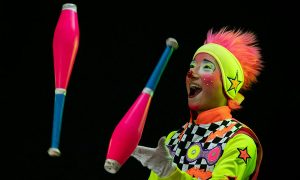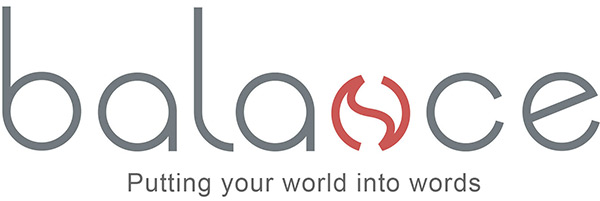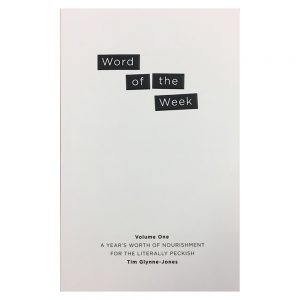
So the Euros start today. And as we put on our winter coats and settle in for the latest ‘now or ever’ attempt by England, we should not overlook the fact that tomorrow happens to be World Juggling Day.
That’s right. There is a special day for juggling. Imagine having to organise that, along with all your other responsibilities!
Although we’ve been practising the art of juggling ever since the first cave dweller tried to take three jacket potatoes out of the fire at the same time, the word and its meaning are relatively new. Back in the 12th century, a juggler was a jester, a clown, a singer of songs and a player of tricks. The word derived from the same Latin source as jocular.
By Shakespeare’s time, the sleight of hand element had taken over and jugglers were tricksters, conjurers, magicians. It wasn’t until the late 19th century that the word ‘juggle’ came to be used specifically for the art of keeping several objects in the air at the same time.
Philip Astley, ‘father of the modern circus’, did a lot to popularise juggling in the 1700s, which must have been hard without having a word for it. His circuses were primarily equestrian show rings, but he introduced clowns and people who kept several objects in the air at the same time to fill the gaps between the main acts, and thus created the format for the circus as we know it today.
From there, jugglers never looked back. Well, not unless it was part of the act. The World Jugglers Association was founded in 1947 and the records began to stack up. Longest duration juggling three objects: 13 hours 10 minutes and 5 seconds. Most consecutive catches of three chainsaws: 94. Last year, a Brit, Alex Barron, set a new world record for the most objects juggled: 11.
There you go, Gareth. it’s possible.


